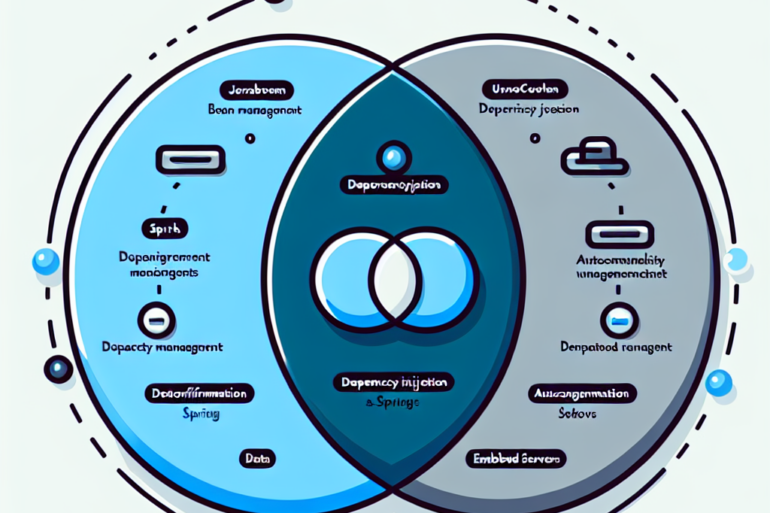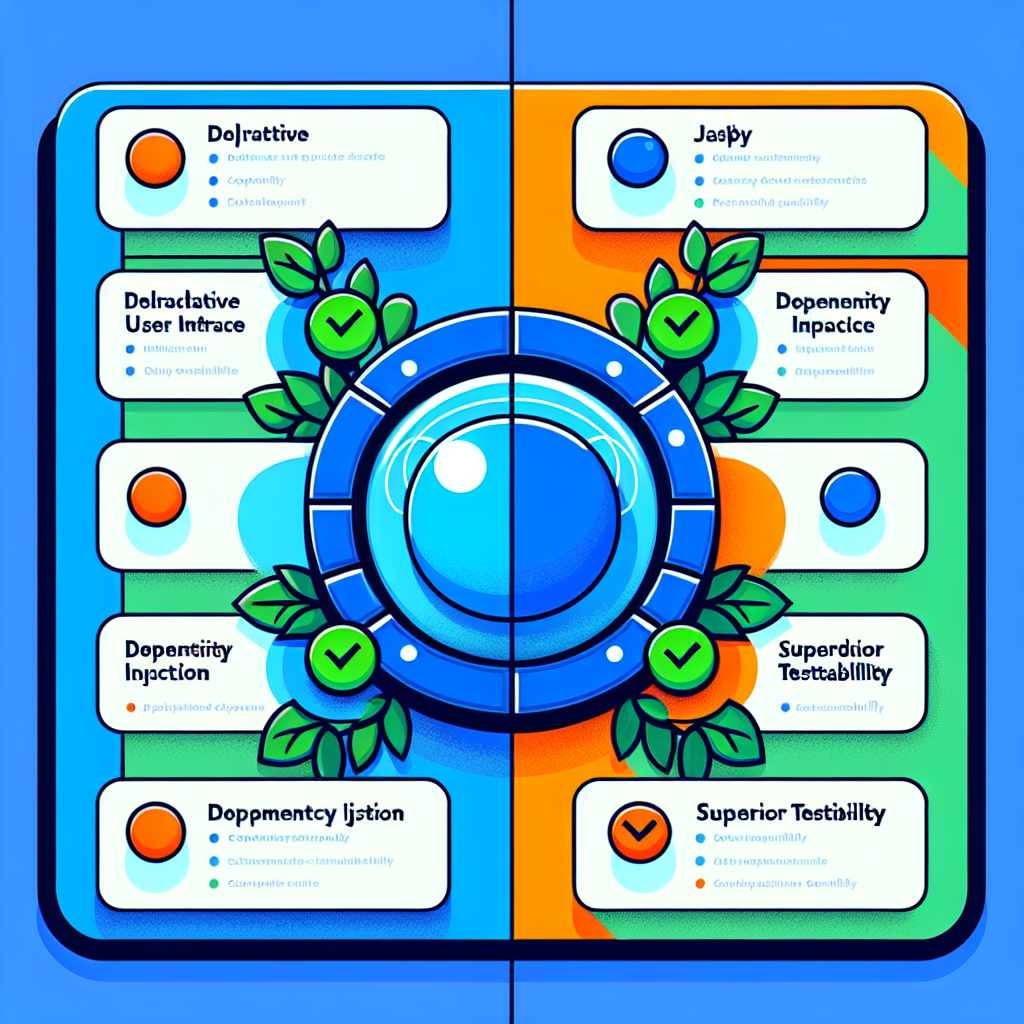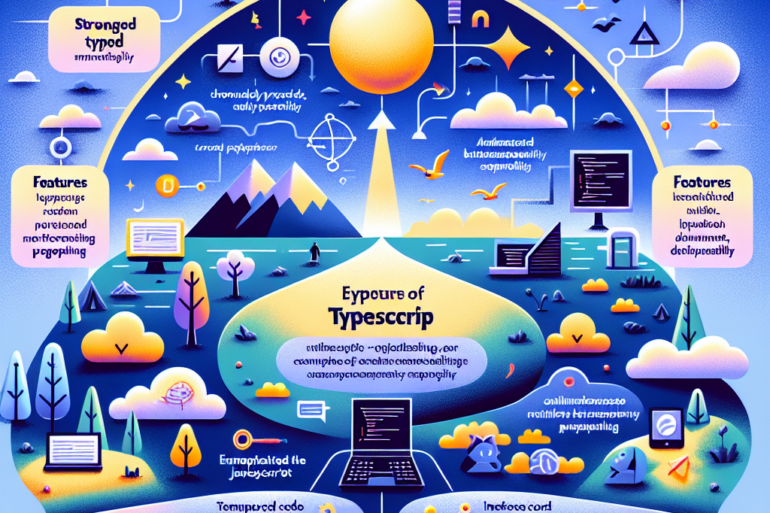Spring vs. Spring Boot: A Comedic Clash of Titans In the vast and ever-evolving realm of Java programming, two giants emerge: Spring and Spring Boot. While they share a common lineage, these frameworks are as different as oil and water – or perhaps more aptly, as different as a fully-loaded SUV and a sleek sports car. Spring: The Heavyweight Contender Spring is an extensive framework, a veritable Swiss Army knife of Java development. ...
Read MoreAngularJS vs. ReactJS: A Hilarious Battle of the Frontend Giants In the realm of JavaScript frameworks, two titans stand tall: AngularJS and ReactJS. These two frameworks have been the subject of heated debates, endless comparisons, and a healthy dose of memes. AngularJS: The Old School Master ...
Read MoreTypeScript: A Glimpse into the World of Strongly Typed JavaScript TypeScript, a supercharged version of JavaScript, has become the talk of the town in the coding world. It's like the cool kid on the block, strutting its stuff and making all the other programming languages jealous. But what exactly is TypeScript, and why is it all the rage? Let's dive into this JavaScript's buff sibling and find out! What is TypeScript? Think of ...
Read MoreCookies and Sessions: The Dynamic Duo of Your Online Antics Ah, the digital realm—a vast expanse where data flows like a mischievous pixie. Among the countless bits and bytes that dance across your screen, there exist two enigmatic forces: cookies and sessions. Don't let their innocent names fool you; these virtual crumbles and fleeting encounters play a crucial role in your online shenanigans. Cookies: The Persistent Crumblers Imagine a friendly baker who leaves ...
Read MorePHP: Hypertext Preprocessor is one of the most popular, general-purpose, procedural, server scripting languages that is specially designed for suiting web development and can also be embedded into HTML (Hyper Text Markup Language). It is a powerful tool for designing dynamic and user-interactive web pages. PHP is a language that unlike other client-based languages like JavaScript executes the code on the server and then generates HTML which is then ...
Read MoreThe Design industry in earlier days meant mostly Graphic Design. But with the technological changes taking place, the design industry has spread its arms and has got many job designations trending around the world. Graphical Designer and UI/UX Designer are also some of the trending job roles in the Design industry that have flourished with the evolution of technology. Graphic Designer Graphic Design is often termed the art and practice of ...
Read MoreUI Design refers to the User Interface design whereas UX Design refers to the User Experience Design. Both these are part of the User Design Specifications. It is a way of supporting the user experience behaviour through usefulness, desirability and usability. It is a way of designing products, services, environments, events, and journeys with a motive of making the user experience full of qualitative support. With the UI/UX Design, ...
Read MoreSSL (Secure Sockets Layer): Secure Sockets Layer (SSL) was the most widely deployed cryptographic protocol to provide security over internet communications before it was succeeded by TLS (Transport Layer Security) in 1999. Despite the deprecation of the SSL protocol and the adoption of TLS in its place, most people still refer to this type of technology as ‘SSL’. SSL provides a secure channel between two machines or devices operating over the internet or ...
Read MoreThe Domain Name System (DNS) is a centralized part of the internet that provides a way to match the names of the website that you are seeking to find to the address or number of the same website. It is a hierarchical naming system for web-associated devices such as computers, laptops, mobile phones, and services or other resources that are connected to the internet or any other private network. ...
Read MoreAPI is the acronym for Application Programming Interface, which is a software intermediary that allows two applications to talk to each other. Each time you use an app like Facebook, send an instant message or check the weather on your phone, you’re using an API. It is a set of functions that allows applications to access data and interact with external software components, operating systems, or micro-services. To simplify, ...
Read More








